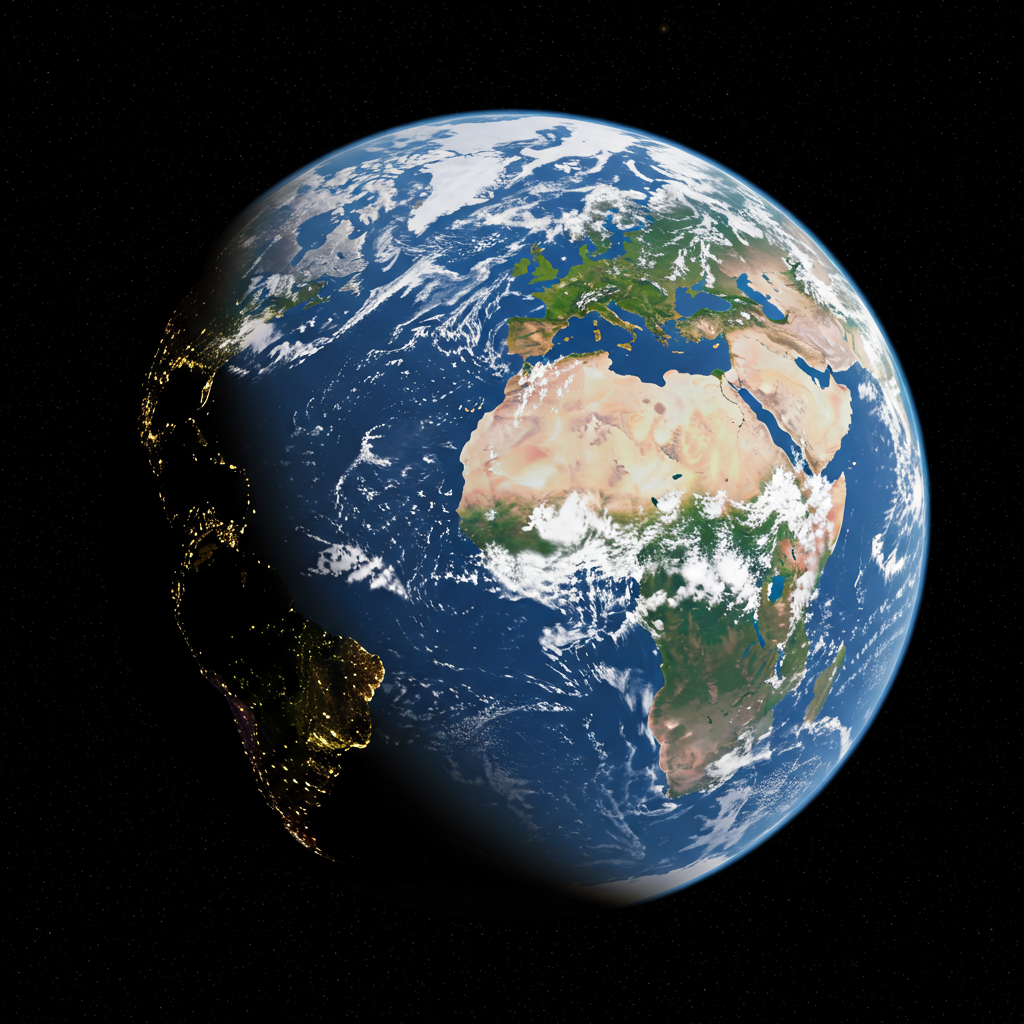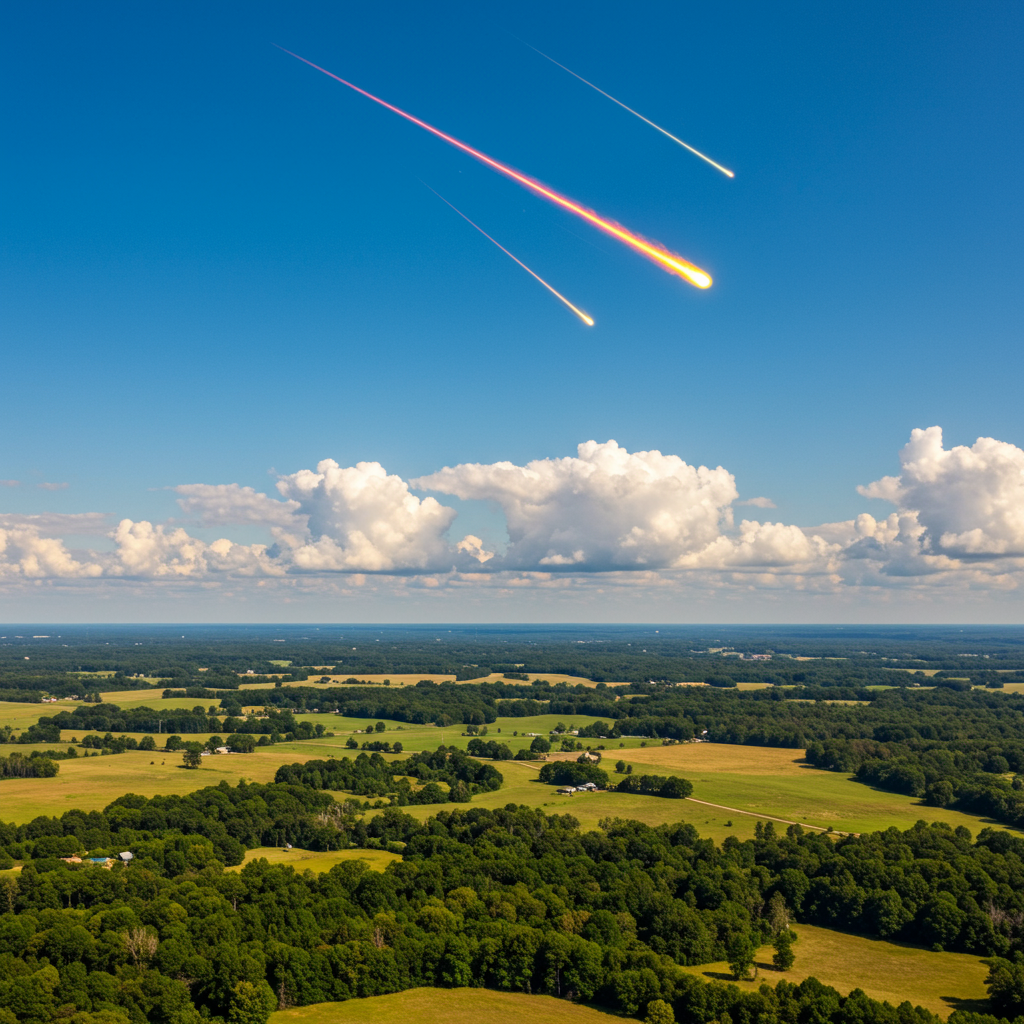This week in space brought a mix of challenges and advancements, from a potentially hazardous asteroid near the Moon to new tools for planetary defense and updated cosmic forecasts. Here’s a look at the key developments making headlines.
An Asteroid Threat Shifts Focus to the Moon
Recent astronomical observations have highlighted a potential, albeit indirect, threat from asteroid 2024 YR4, initially dubbed a “city killer” due to an unusually high perceived risk of impacting Earth in 2032. While more precise tracking effectively ruled out a direct collision with our planet, attention has now turned to the Moon.
Using data from the James Webb Space Telescope, scientists have refined the asteroid’s trajectory, leading to an increase in the estimated probability of 2024 YR4 striking the Moon on December 22, 2032. The latest calculations suggest a 4.3% chance of impact. Although this percentage might seem low, it’s notably higher than the initial Earth impact odds that caused significant concern.
Simulations of a potential lunar impact estimate 2024 YR4 would hit the Moon at roughly 29,000 mph, creating a substantial crater nearly a mile wide – potentially the largest lunar impact in 5,000 years. Worryingly, these studies indicate that Earth’s gravity could funnel a surprising amount of debris generated by such a collision towards our planet. This shrapnel cloud, while not expected to cause direct surface damage to Earth, poses a significant risk to space infrastructure, potentially inflicting a decade’s worth of damage on satellites in low Earth orbit within just a few days. It could also affect spacecraft orbiting the Moon and missions on the lunar surface.
The findings underscore the need for planetary defense strategies to consider objects that could impact the Moon, not just those directly threatening Earth. Asteroid 2024 YR4 will become observable again by Earth telescopes in 2028, allowing for further refinement of its orbital path.
Separately, Earth is gaining a brief companion in the form of asteroid 2024 PT5. This small, roughly 33-foot-wide space rock is expected to be temporarily captured by Earth’s gravity, orbiting our planet from September 29 to November 25, 2024. These “mini-moons” are challenging to detect and track but are of scientific interest for potential resource identification and understanding orbital dynamics near Earth.
Boosting Planetary Defense Efforts
In response to the ongoing threat posed by Near-Earth Objects (NEOs), the European Space Agency (ESA) has activated a powerful new tool. A telescope designed for planetary defense, officially named NEOSTEL but known as FLYEYE due to its resemblance to an insect’s eye, has begun operations in Italy.
FLYEYE utilizes a unique design that splits light into 16 channels, allowing it to scan an exceptionally wide 45-square-degree field of view – equivalent to about 200 times the area of the full Moon. This capability enables it to detect faint objects as small as a few dozen meters across. The process is highly automated, providing early detection of potential threats that are then verified by human operators and reported to global planetary defense centers. ESA plans to deploy additional FLYEYE telescopes worldwide to ensure comprehensive sky coverage.
This complements existing efforts like NASA’s Double Asteroid Redirection Test (DART) mission, which successfully demonstrated the kinetic impactor technique by intentionally hitting the asteroid Dimorphos in 2022. ESA’s Hera mission, recently launched and already capturing its first images of Earth and the Moon, is now en route to the Didymos-Dimorphos system to study the aftermath of the DART impact in detail. Hera will assess the crater, measure Dimorphos’s orbital change, and study the asteroids’ properties, providing crucial data for future deflection strategies. Other upcoming initiatives, like NASA’s NEO Surveyor telescope, aim to systematically detect large NEOs within Earth’s vicinity.
Lunar Exploration Faces a Setback
Japanese company iSpace experienced its second failed lunar landing attempt this week. Their unmanned lander, named Resilience, lost contact with ground control just 90 seconds before its scheduled touchdown in the Mare Frigoris region of the Moon. Communication could not be re-established, marking another disappointment following a previous crash in April 2023.
The Resilience mission, launched in January aboard a SpaceX Falcon 9, took a slower, fuel-efficient route to the Moon. Despite the setback, the 340-kilogram lander carried several experiments and a small rover designed for lunar exploration. iSpace remains committed to its lunar ambitions, with future missions planned for 2026 and 2027, and is involved in developing a lunar orbiter for JAXA.
New Insights on a Galactic Collision
Looking far beyond our immediate cosmic neighborhood, new research has provided an updated perspective on the long-anticipated collision between our Milky Way galaxy and the neighboring Andromeda galaxy. Previously thought to be a near certainty in about 4.5 billion years, a recent study analyzing data from the Hubble and Gaia space telescopes suggests the outcome is less definite.
The research indicates only about a 50 percent chance of a direct collision within the next 10 billion years. The high uncertainty stems from the complex interplay of numerous variables influencing galactic motion, including the gravitational pull of smaller satellite galaxies like the Large Magellanic Cloud and M33. Simulations show that the galaxies might simply orbit each other within the same plane, missing a direct encounter within that timeframe. If a collision were to occur, it could trigger star formation and potentially alter the Sun’s orbit, but this event is expected to happen well after the Sun evolves into a red giant.
This week’s space news reminds us of both the immediate challenges, like tracking hazardous asteroids and mastering lunar landings, and the vast, long-term cosmic dance unfolding around us.




